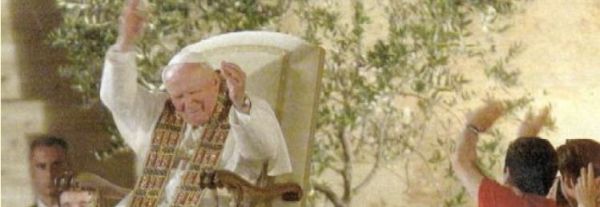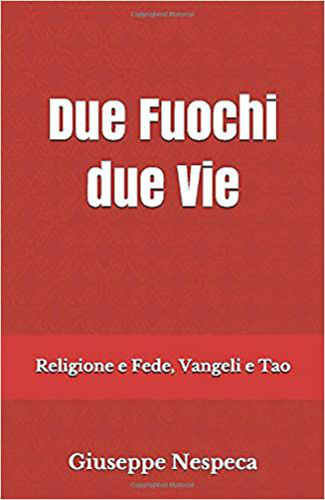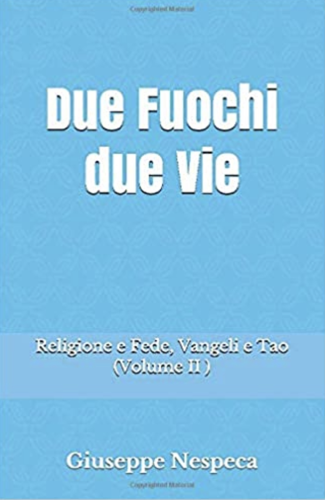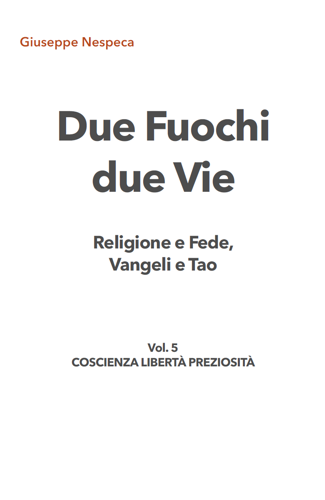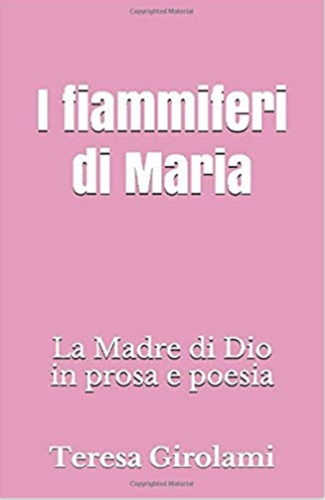The text of this Way of the Cross was written by a Christian layman, a member of the Orthodox Church. This layman feels he is an ordinary one, and accepted the invitation with great emotion and gratitude for at least two main reasons.
First of all, because on the path to Golgotha there can no longer be any separation. Christ's death of love makes any attitude that is not one of penitence and reconciliation derisory.
Secondly, because writing a Way of the Cross means meditating, through a strange mystical experience, on the words and gestures of God made man as he takes on our condition to the full, to know death from within and open it up to resurrection.
There are, as we have seen in recent years, two versions of the Way of the Cross. The more recent one only quotes and comments on texts from the Gospel. The older one adds stations born out of medieval sensitivity, especially Franciscan: such as the three falls of Jesus, or his encounter with Veronica, scenes that are commented on with texts from the Old Testament.
So many paintings or sculptures on the walls of churches, in Western Europe and now everywhere in the world, so many chapels and so many crosses erected along pilgrimage routes, on the mountains, have made the representations of these scenes of the Way of the Cross familiar to everyone. And this is why the commentator preferred to follow the traditional form, to enter fully, without losing anything of his own vision of redemption, into the sensibility of the Catholic world.
It is often repeated that the Christian West had placed the emphasis on Good Friday and the East on Easter. This would be to forget that the Cross and the Resurrection are inseparable, as this commentary points out. The stigmatised of the Catholic world knew (and know) that the blood flowing from their wounds is a blood of light, and the Orthodox, by celebrating during Vespers on Good Friday the office of the "holy sufferings", or by affirming that every man of prayer and compassion is a staurophore, that is, a "bearer of the Cross", have always understood that only the Cross is a bearer of resurrection.
For an Orthodox to enter into the Franciscan spirituality of the Way of the Cross was to attempt to emphasise its not only human but divine-human depth. For it is God himself who on Golgotha humanly suffers our desperate agonies in order to open up for us (perhaps unexpected) paths of resurrection.
The modern age, as we know, has waged a fierce and merciless lawsuit against God, whether He is the Almighty, in the human sense of the word (then why is the world absurd and evil?), or He who created us free, but knowing what we would do with our freedom. It had to be shown - attempted to be shown - that to the insoluble question of evil, the only answer is precisely the Way of the Cross.
God voluntarily descends into evil, into death, - an evil and a death for which he is not responsible at all, for which he may not even have an idea, as a contemporary theologian has said - he descends to place himself forever between nothingness and us, to make us feel, to make us live, that at the bottom of things, there is not nothingness, but love.
God beyond God, this 'ocean of clarity', and this man covered in blood and spit who staggers and falls under the weight of all our crosses, is the same, yes indeed he is the same in his transcendence and in his 'madness of love'. This antinomy makes the unimaginable originality of Christianity. The suffering of the body, the social mockery, the despair of the abandoned soul, all come together so that God is revealed here, not as a fullness that crushes, judges and condemns, but as the limitless openness of love in the limitless respect of our freedom.
Here the unthinkable distance between God and the Crucified One - "My God, my God why have you forsaken me? " - is all of a sudden filled with the breath of the Spirit, the breath of the resurrection.
The last stage of human history and the becoming of the cosmos opens: in the blood that gushes forth from the pierced side of Christ, the fire that he came to cast upon the earth now burns, this fire of the Holy Spirit that fertilises our freedom so that it becomes capable of changing the long passion of history into resurrection. An outpouring of peace and light that can only be manifested through this freedom that he liberates and that sets him free
Hence undoubtedly the last feature of this Stations of the Cross taken up in its traditional form: the greater role of women, the only ones left faithful, apart from John, the most exposed, the most capable of love. As shown by the gesture of Veronica who wipes Christ's Face with a veil on which it is imprinted and transmitted to our churches: so many Holy Faces in which the face of God is shown in its human flesh, so that we can see every human face in God.
[Olivier Clément, Via Crucis presentation 10 April 1998]



